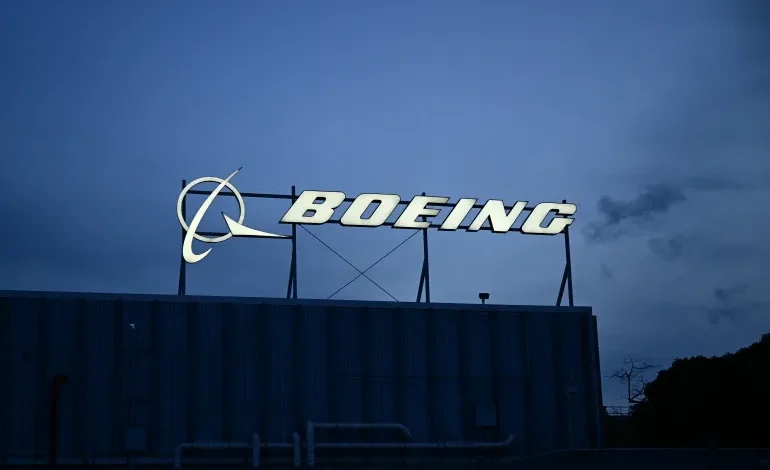US aviation regulator calls for inspections of older Boeing 737 planes

The US Federal Aviation Administration (FAA) has recommended that airlines inspect door plugs on Boeing 737-900ER jets after a blowout this month on another type of aircraft with a similar mid-cabin exit.
In a statement late on Sunday, the aviation regulator said operators “are encouraged to conduct a visual inspection to ensure the door plug is restrained from any movements”.
The FAA said some airlines had conducted additional inspections on the 737-900ER mid-cabin exit door plugs and had noted “findings with bolts during the maintenance inspections”.
Regulators have stepped up scrutiny on Boeing after a cabin panel flew off midair during an Alaska Airlines 737 MAX 9 flight on January 5, leaving a gaping hole in the plane’s fuselage and forcing an emergency landing.
The FAA grounded 171 Boeing 737 MAX 9 planes after the incident.
On Wednesday, the FAA said inspections of an initial group of 40 Boeing 737 MAX 9 jets had been completed, a key hurdle to ending the grounding of the model.
Boeing has sought to contain the damage by appointing an independent adviser to examine quality control in its manufacturing processes.
A Boeing spokesperson said: “We fully support the FAA and our customers in this action.”
The 737-900ER is more widely used than the 737 MAX 9. It is an older model but has the same optional door plug design that allows for the addition of an extra emergency exit door when carriers opt to install more seats.
There are 490 Boeing 737-900ER jets in service, at least 79 of which have an active door rather than the plug because they are operated by low-cost airlines with denser cabins, according to Cirium data.In contrast to the new MAX 9, which experienced the door-plug issue, Boeing 737-900ER aircraft have more than 11 million hours of operation and 3.9 million flight cycles, and the FAA said the door plug “has not been an issue with this model”.










